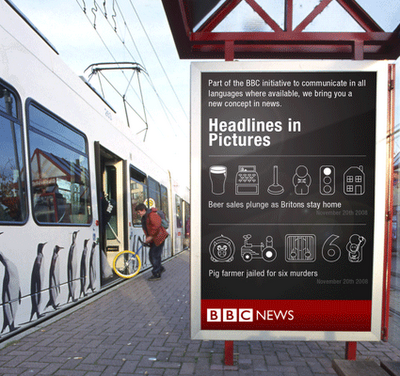Evolution of Olympic Torches
The group at the NY Times online has been working overtime to create a bunch of infographics as part of their coverage of the 2008 Olympics. I'm going to highlight them this week with many of the graphics they've created. Their graphics are coming our rapid-fire just like the events in China.
First up is an Olympic Torch History graphic, highlight the torch designs since 1936 for both the Summar and Winter Olympic Games. Roll over each torch to see deatils behind the design.









 Randy
Randy











